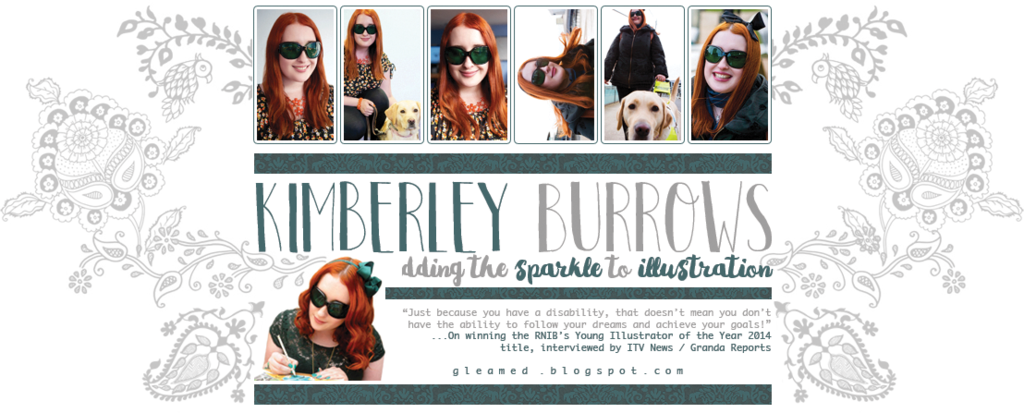Today I visited the 'Election! Britain Votes' exhibition at the People's History Museum in Manchester, as part of the Art Galleries & Museums group based at Henshaws. The exhibition highlights over 100 years of elections, from 1900 to 2010, with the exhibits evolving in the build-up to the 2015 campaign.
Audio description was provided by Anne Hornsby of Minds Eye Description Services, joined alongside Chris Burgess who shared vast knowledge of each object and poster from every election over the past 100 years. Josh Butt made the arrangements for the day with Mary Gifford, group leader, organising the event.
The exhibition space is divided into three areas; the history of previous elections containing various promotional campaign posters and objects (from 1900 with Lord Salisbury winning the election right up to 2010 with David Cameron), a collection of materials from the current 2015 campaign for each participating party, and information about voting; how to vote, who can vote, forms of government, our system, the counting process, the election night, and so on.
Our visit began in the first section of the exhibition focusing around a plethora of historic campaign posters, pamphlets, leaflets, comic strips, newspaper articles and other items of propaganda. A multi-coloured line chart featured across the walls, depicting the popularity of the parties that took part in each election, and it was interesting to see the rise of Labour and the fall of the Liberals - especially since they were so popular in the early 1900's. The display even included Harold Wilson's pipe and Michael Foot's glasses!
Another interesting aspect was observing how advertising in posters has evolved throughout the century, yet the marketing strategies and themes within them have remained very similar over time.
The next area we visited was the voting information area; complete with a voting booth and ballot box! The exhibits here were designed very much like a board game, with cartoonish graphics and bubbles of information generated into a colourful, educational flowchart. Topics covered the different forms of government, our government and system, the Lords and Peers, how elections are called, campaign spending and spending limits, who can vote, how to vote, what happens when the polls close, voting systems and election night.

The next area we visited was the voting information area; complete with a voting booth and ballot box! The exhibits here were designed very much like a board game, with cartoonish graphics and bubbles of information generated into a colourful, educational flowchart. Topics covered the different forms of government, our government and system, the Lords and Peers, how elections are called, campaign spending and spending limits, who can vote, how to vote, what happens when the polls close, voting systems and election night.
I found this part especially interesting as I learned many new things. I had no idea that the Queen can vote (though she tends not to, choosing to remain neutral), MPs can vote (usually for themselves!) and homeless people can vote - even though they don't have a fixed address. I also found it fascinating to learn more about the counting process when polls close, how to run as a candidate and form a new government!
The third and final area housed various items pertaining to this year's election, divided into sections for each contending party; The Labour Party, The Conservative Party, Liberal Democrats, Scottish National Party (SNP), United Kingdom Independence Party (UKIP), The Green Party, and Others (Sinn Fein, Alliance Party, Democratic Unionist Party (DUP), and so on). It features a flat screen television playing news footage related to the upcoming election and a note board where visitors can write which qualities they would like in a Prime Minister, which areas they would like to see changed, etc.

This section also houses a replica of the famous black door of Number 10, Downing Street, with a selection of props to use for a photo including hats, ties, tails and sashes! I had my photo taken with a St. Trinian's-style hat and a sash that read 'Votes for Women'. The area will continue to grow and expand as the election approaches.
I had a wonderful time at the exhibition today and I would like to say thank you to Mary Gifford, Anne Hornsy, Chris Burgess and Josh Butt for a lovely outing! I would recommend that anyone visit who has an interest in the subject of the election; it's informative, educational and fun! You can find out more by visiting the People's History Museum website here.




